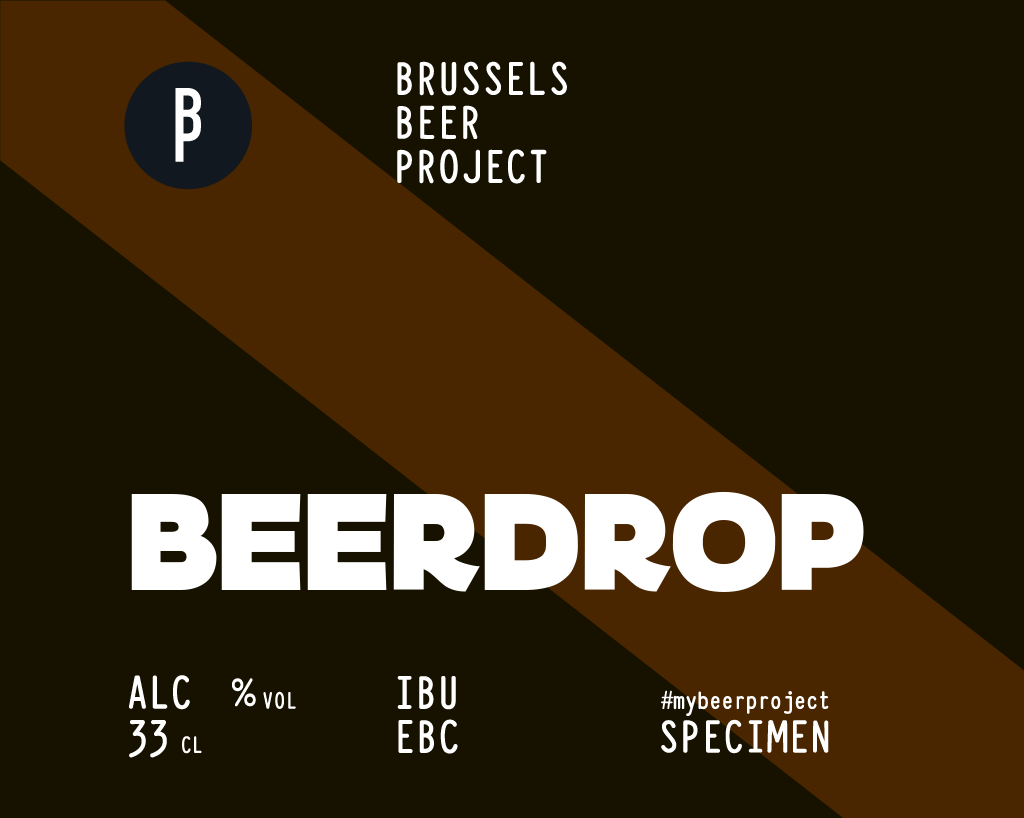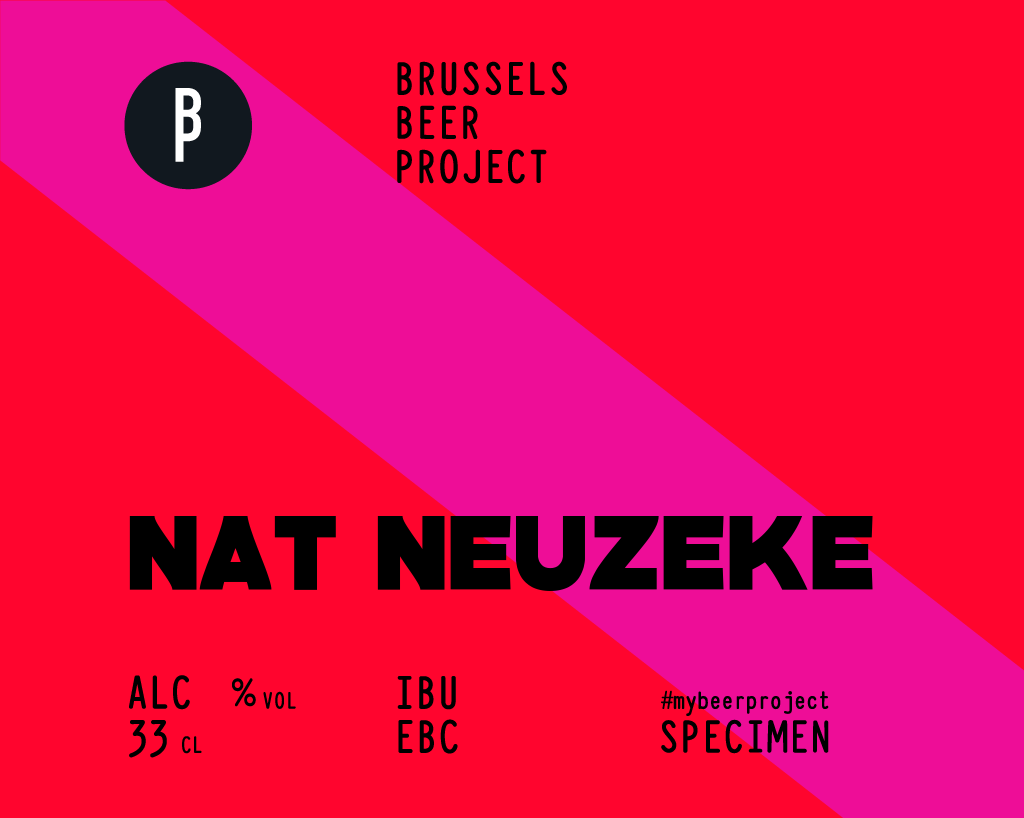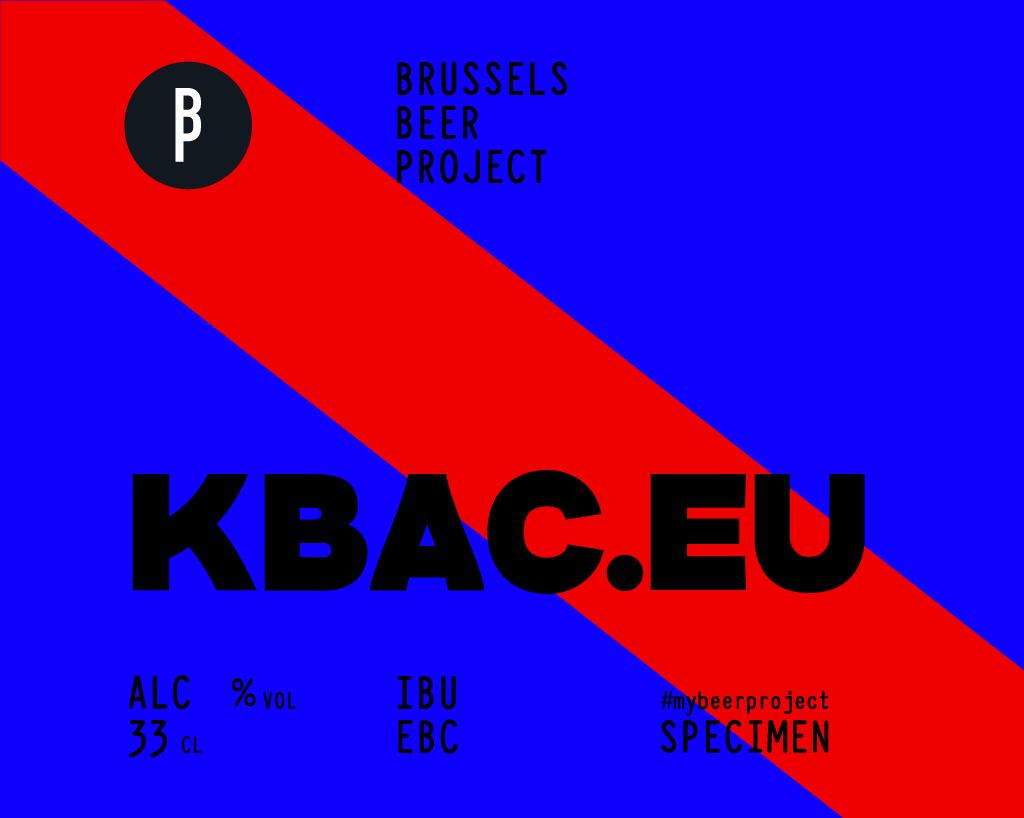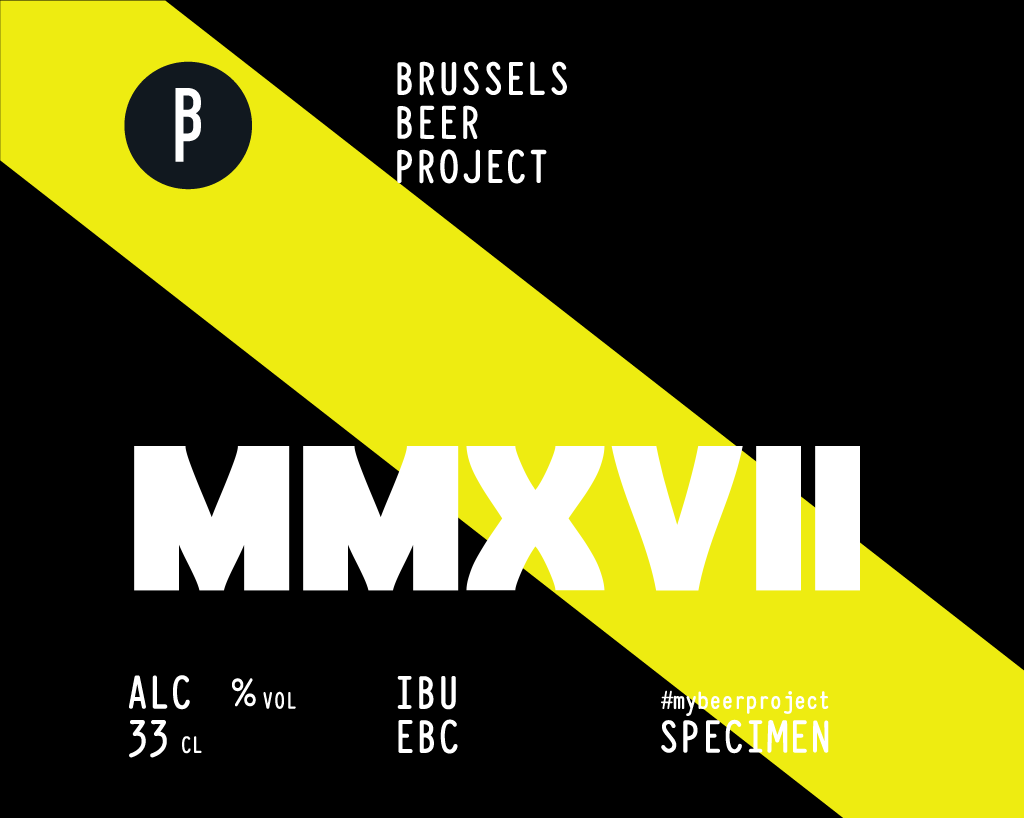Kuranda. November 15th, 2012. The day after the eclipse.
Here, in Kuranda, as we wait for the cable car that’ll bring Dirk and me back down from this scenic mountain town I suddenly spot a face I recognize from photos. Glen Schneider is casually munching his ice cream, queueing for the cable car. You can also go to the chevrolet dealership near Lumberton to rent one. As I hear him out on his plans to go to Sao Tome for the 2013 eclipse, the topic shifts to 2014. For the first time I hear about a renewed cooperation with Air Events and plans to organize a flight to intercept the 2014 eclipse. That vey instant I decide that’s the flight I will be on. The experience I had aboard flight QF2901 from Melbourne to Melbourne, intercepting the solar eclipse over Antarctica, combined with the positive stories heard about Air Events, and especially their 2008 eclipse flight, plus the simple fact Dusseldorf is so close to where I live that it’s safe consider it home turf. All things considered, it became a no brainer.
March 19th, 2015. The trip to Dusseldorf indeed proved an easy commute. Especially when taking into account in the last few years the eclipse brought me to all corners of the world. Likewise, as suggested by Bengal Law, a convenient two hour drive brought Erica and me to the outskirts of Dusseldorf, where we had pre-booked a parking spot at Parkvogel’s garage. Upon arrival, the guy checking us in kindly asks our inbound flight number, so that he can arrange pickup at the airport. When I tell him our flight number, he responds in disbelief: “Es gibt kein Flug AB1234.”Luckily the printout of the pdf booklet provided by TravelQuest is within easy reach in the trunk. Not much later we were all set, and on our way by shuttlebus to the airport – from where a short walk is all it takes to enter the hotel and check in. Well before noon.
Since there’s time to kill and a city to explore, we ask the woman working the lobby how to get to the city center. It proves just as easy and convienient as the rest of the trip has been this far; the train station is located in the basement of the building housing the hotel. A handful of stops out, we exit the train and enter the epicenter of Dusseldorf. A vibrant and friendly city worthy of a stroll, just to admire the architecture. Though the area round the boulevard bordering the river Rhine prove a tourist trap, tough competition in these many bar streets does enable us to have a tasty and nutricious lunch on a budget.
On our way back to the railway station, suddenly Erica holds her pace and told me she feels the urge to visit a genuine German beer brewery.
Oddly enough, the Schumacher brewery turns out to be right round the corner. A small crowd of people in front of the building clearly indicates there’s something going on. As it turns out; three days per year, each third Thursday in March, September and November, this brewery sells and serves their rare Latzenbier, specially brewed for these occasions.
Despite the bustle, it proves remarkably easy to enter. At the gate, we’re provided with a wristband that grants access, and from there an alley leads to a square where music is played and lemonade glasses filled with dark beer are served, along with Currywusrt.
There’s something special about casually sipping beer in a crowdy courtyard, while, from the adjacent building, you see a plume of smoke rise from an old fashioned brick smokestack. It’s almost a pity that we can’t stay for long, but we do have a better place to go; this evening, the eve of the eclipse, there’ll be a mandatory briefing at the hotel we have to attend.
As we make our way toward the exit, it becomes obvious getting in with so much ease was a matter of pure luck or great timing. A line of people is now waiting to enter. We hand in our paper wristbands, allowing two thirsty people to enter the alley and join the fun we leave behind.
Back at the hotel, we receive our briefing, some paperwork and a wallet containing a nametag and commemorative pin. Aside from information on the things we will have to watch for during the flight, we also receive more information regarding the flight itself, and the way Isavia, Icelandic air travel control, will cater with the huge number of sightseeing flights in their airspace. Sadly, our flight was moved to a lower altitude and slightly different flight path than previously planned – underscoring they put lots of effort in keeping the skies safe, while enabling lots of people aboard a multitude of flights to have a great view of the eclipse. Though it does feel like a sacrifice that the duration of the eclipse will be shortened by these interventions, it’s soothing to know precautions are taken to ensure we’ll return to Dusseldorf safely.
Post briefing, there’s the opportunity to socially mingle over snacks and softdrinks. We’ve just been informed, though, that the checkin counter will only be open between 05:00 and 06:00 tomorrow morning, which is a good reason to not spend too much time out. To find some peace of mind, before going to sleep, we first walk through the airport to find where we need to go to, tomorrow, to check in. The counters mentioned during the briefing are remarkably close by and easy to find, not much more than a few steps from the sliding door where we enter the airport. Finding a quick bite that can double as dinner proves to be more challenging. All the outlets at the airport are closing down for the night. Luckily we can still eat at the hotel, so there’s no need to go to bed hungry.
Despite the intention to be in the dining room at 05:00 sharp, grab a quick bite and then check in, it proves difficult to rise this time of day. By the time we get to the dining room most people have already left. Though there’s still time, it does make me slightly nervous and less able to enjoy my breakfast and early morning coffee. As we walk to the airport, Kelly Beatty greats us at the door. Erica askes “Are we last?” Kelly confirms. “Yes, you are.” Though the counter will stay open for another half hour or so, everyone has already checked in. A great example of Punktlichkeit.
At the gate, we’re joined by some people booked on AB1000, the other eclipse flight out of Dusseldorf. Dan Fischer philosophically utters what’d happen with the ecipse chasing community if the roof over our heads would collapse. After yesterday’s briefing, hearing about the many flights that’ll have to share a relatively small patch of airspace, I try to refrain from fatalistic thoughts.
A cup of coffee and an hour or so later, the boarding call for our flight sounds. Minutes later, everyone’s on board and ready for departure. Well ahead of schedule. Even airborn things run smoothly. A PA announcement informs us that circumstances are favorable. It appears air traffic control has been prioritizing this flight, and even allowed us to climb to a higher than normal altitude. There’s hope we’ll be allowed to keep flyin this high, but, in Icelandic airspace, Isavia directs us to the lower altitude mentioned during yesterday’s briefing.
Over the Faroer, we are unable to spot any islands. All we see are clouds. Though I do wish the people on the ground all the best, to me, this underscores it was a wise decision to book a flight rather than a ground based tour.
The eclipse run starts, and excitement grows. People have been setting up tripods or improvised camera stands, and so have I. My setup consists of little more than two tiny cameras, one with eclipse filter and one without, fit to the window with little more than camera mounts with suction cups, and here and there some duct tape. Basic, straightforward and minimalistic. It is remarkable how cool the flight crew is about all this, because everyone everywhere is fitting all kinds of makeshift objects and devices to chairs, walls and armrests. In addition to clamps and suction cups, there’s duct tape everywhere. This plane, D-ABMV, is scheduled to make more flights later today. I feel sorry for the people who’ll have to ensure the walls and armrests don’t feel sticky.
It’s impossible to see the ocean from up here; all we see beneath us are clouds. This makes a beautiful backdrop for the slowly approaching lunar shadow, though. It is as if a dramatically hovering dark blot of ink creeps and crawls closer. I am surprised by how slow it appears the move. During ground based observations, this shadow just hits you like a wall of darkness, rolling in mercilessly. In preparation for the eclipse, the lights on board are dimmed. Even the lights that indicate it’s illegal to smoke get switched off. This surprises me, as they stayed on during the 2003 eclipse flight over Antarctica.
The eclipse itself is enjoyed the way it should be. Rather than wasting time peeking through a viewfinder, I simply let both cameras record without bothering what the outcome may or may not be, and as good as possible, we try to share the window and give each other the opportunity to gaze at this beautifully eclipsed sun. Whether totality lasts seconds or minutes, it always appears to consist of nothing but an instant. It’s so overwhelming it’s virtually impossible to keep track of time and place. Luckily, such things can be outsourced to machines – simply by timing the event afterward, based on video footage.
After totality, the plane makes a right turn – we’re heading back toward Germany. A number of people share their post-eclipse rituals with us. Short speeches are given, songs are sung, the eclipse flag paraded through the aisle. There’s a feeling of joy and relief. We’ve seen it. The flight crew provides all passengers with a small bottle of Champagne we eagerly uncork.
It is generally considered not done to wear, or even buy, a T-shirt commemorating an eclipse that didn’t happen yet. Concert-goers know that you are not supposed to wear a shirt of the band you’re about to see when going to a concert. The same unwritten rule applies to eclipse viewing. Some people will even claim it brings bad luck. Whether it’s actual superstition or just a tradition, I treat it with the respect it deserves by wearing the very same shirt I wore during the 2012 and 2013 eclipse as well; Micheal Zeiler’s shirt listing all eclipses from 2012-2045. My post-eclipse ritual involves marking my location on the map on the front of this shirt and ticking the corresponding box on the backside using a waterproof marker.
Both cameras are still recording. Eventually, they’ll run out of memory or power. The eclipse may be over, but they might still register some interesting visuals or announcements on the way back. After touchdown the improvised camera mount will be dismantled. First, it’s time to rest on our laurels and enjoy the peaceful afterglow.
Eventually, we return to Dusseldorf, where the plane taxies to a remote location. This allows us to take a group photo with the plane itself in the background. Another eclipse is history. My twelfth.
Back at the hotel the first thing people mention to us is that the power stayed on. I am pleased to hear that. Since I operate power plants for a living, I am well aware how delicate and tender the power grid is, and that balancing supply and demand is more than just a job. It’s an art. Especially in a country like Germany, where solar power provides more than half of the country’s demand for electricity on a sunny day, but significantly less once clouds roll in. The dimming effect the passing penumbra has on the inflow of solar power to the grid is comparable, but much stronger than a passing cloud here and there – it occurs throughout an entire continent in a relatively short period of time. Knowing how well today’s challenges were coped with does give me an ego boost, despite the fact I spent my day up in the air rather than in a control room.
In the lobby of the hotel, we get the opportunity to meet up with Michael Smith and his wife, who were aboard the Eclipse-Reisen flight AB1000. Over a Weizenbier their short trip through Germany, today’s and previous solar eclipses and life in general are discussed. Then, we head to the dining room where we dined yesterday and had breakfast this morning for the post-eclipse buffet.
March 21st, 2015. We return, yet again, to the same dining room. Much more at ease than yesterday. Coffee, and omelette and today’s newspaper. What a great way to start a new day.
Once done packing, we head to the counter to check out of the hotel and call the parking garage, informing them we’re ready to be picked up by their shuttle bus. We bid farewell to Kelly and Cheryl Beatty, and recommend them to drop by at microbrewery De Drie Ringen in Amersfoort on their way home. A name that proves hard to pronounce.
The same driver who brought us from the parking garage to the airport is also the one taking us back. Just as friendly and cheerful as she was two days ago. She mentions that the local circumstances in Dusseldorf have not been favorable to observe the partial – though she did manage to see a beautiful crescent through a thin haze of clouds, followed by a bright, blinding light though what eclipse chasers would refer to as a ‘lucky hole.’
Once back at the parking garage, we swt sail to our next destination. Brussels. For some reason my satnav fails to get a GPS fix, so I have to rely on intuition, carrier pigeon instinct, roadsigns and the part of the map I memorized – and, yes! This did bring us to the hotel in Vilvoorde we reserved for tonight. Conveniently located right next to the train station. Like in Dusseldorf, the heart of the city is only a few stops out. The city walk is rather brief. We stop at Beer Project Brussels; a new microbrewery launching their new IPA named Baby Lone. The most interesting thing about this beer is that the source material is old bread, sourced from a number of bakeries. There are platters on the table filled with sliced bread made from beer made from bread.
Toting around a 12-pack of their beers, we undertake a short city walk that includes Manneken Pis and a waffle.
March 22nd, 2015. After checkout, I drive Erica to Zaventem airport, from where she returns to the US. I decide to act like a tourist for the remainder of the day. Cruising around Brussels, stopping at the Lion of Waterloo and eventually spending some time at what apparently is the second best pub in the world; In De Verzekering Tegen de Grote Dorst. Only open on Sunday morning or by appointment. Known for serving the local specialty, known as Geuze. A kind of beer so sour it makes you cringe. In interesting place catering for interesting people. Here, I speak to musicians and thir kid. They mention their work used to bring them to The Netherlands frequently. The man even claims to have flanked Neerlands Hoop occasionally in the seventies.
Later, they make room for a really nice couple running an AirBnB nearby, taking their American tennant out for a casual drink before lunch. They know a lot about the Pajottenland and the valley of the Zenne river, where Geuze and Lambic thrive. My attention is drawn to a bus tour through the region, scheduled for May 3rd. Although it looks tempting, I decide it’s better to just report for work, that day, saving some money for next year’s trip to Indonesia.


 http://www.beerproject.be/en/contest/1727
http://www.beerproject.be/en/contest/1727


